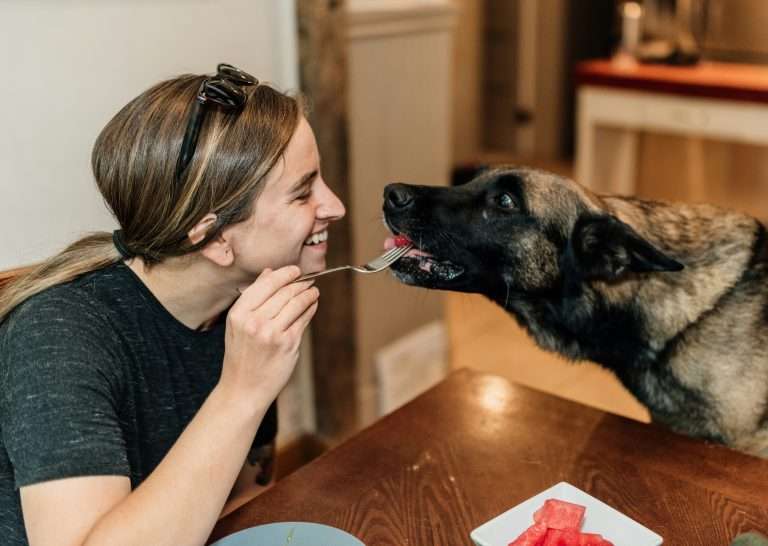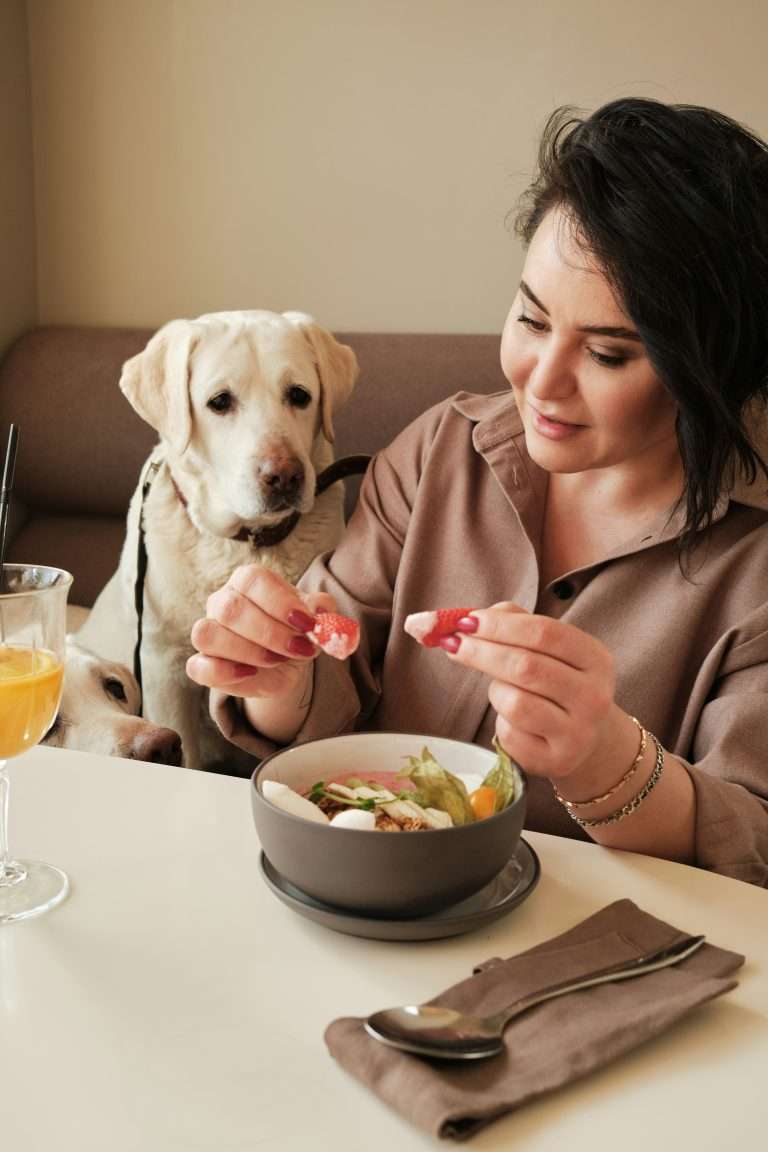Can Dogs Eat Pork Bones?

Can Dogs Eat Pork Bones? Many dog owners wonder if giving their dogs pork bones is okay. While it might seem like a natural treat, pork bones, especially when cooked, can splinter and pose serious health risks like choking or internal injuries.
Not all bones are created equal; knowing the difference could save your furry friend from harm. To make informed decisions about your dog’s diet, explore safer alternatives that satisfy their chewing instincts without jeopardizing their health. Check out Nutrition Tips | Dog Nutrition Guides for more tips on nutritious options.
Table of Contents
Understanding Pork Bones
Pork bones are a common choice for dog owners who want to provide their pets with a chewy treat. However, there’s more to consider than just handing your pup a bone. From safety to nutritional benefits, understanding pork bones is essential for the well-being of your furry friend.
Types of Pork Bones
Not all pork bones are the same, and their differences significantly affect how safe they are for dogs. Let’s break down the main types of pork bones:
Raw Pork Bones
- Raw pork bones are softer and less likely to splinter than cooked bones.
- It is best suited for supervised chewing when fresh.
- It can carry harmful bacteria like Salmonella, requiring careful handling.
Cooked Pork Bones
- Cooked bones are more brittle and prone to breaking into sharp shards.
- These pieces can cause choking, blockages, or even intestinal tears.
- Never give your dog cooked pork bones for these reasons.
Commercially Prepared Pork Bones
- Often advertised as processed treats, these bones may contain preservatives or additives.
- While labeled as safe, they still pose risks if not properly selected.
Smoked or Grilled Bones
- Smoked bones may seem like a tempting option, but they can also become brittle.
- The smoking process doesn’t eliminate hazards like splintering or cracking.
Understanding the fundamental differences between raw, cooked, and treated bones can help determine what’s suitable for your dog. For expert advice on why pork bones can be unsafe, check out Can Dogs Eat Pork Bones? Here’s the 411.
Nutritional Benefits of Pork Bones
Pork bones aren’t just chewy treats—some dog owners consider them for their potential nutritional benefits. Here’s what to know:
Rich in Collagen and Gelatin
- Raw pork bones can contain collagen, which supports joint health, skin elasticity, and fur quality.
- Gelatin derived from bones may aid digestion and promote gut health.
Essential Minerals
- Bones are a natural source of calcium and phosphorus.
- These minerals are crucial for strong bones and teeth in dogs.
Mental Stimulation
- Chewing bones can alleviate boredom and provide mental engagement for some dogs.
- It also helps satisfy natural chewing instincts.
While the benefits are appealing, weighing them against the risks is essential. Ensure the bones are fresh, raw, and appropriately sized so your dog can enjoy the nutritional perks safely. In articles like Best Dog Food Options For Boston Terriers In 2024, learn more about choosing the right dog food and treats.
For additional insights on assessing bone safety, visit Can Dogs Eat Pork Bones?
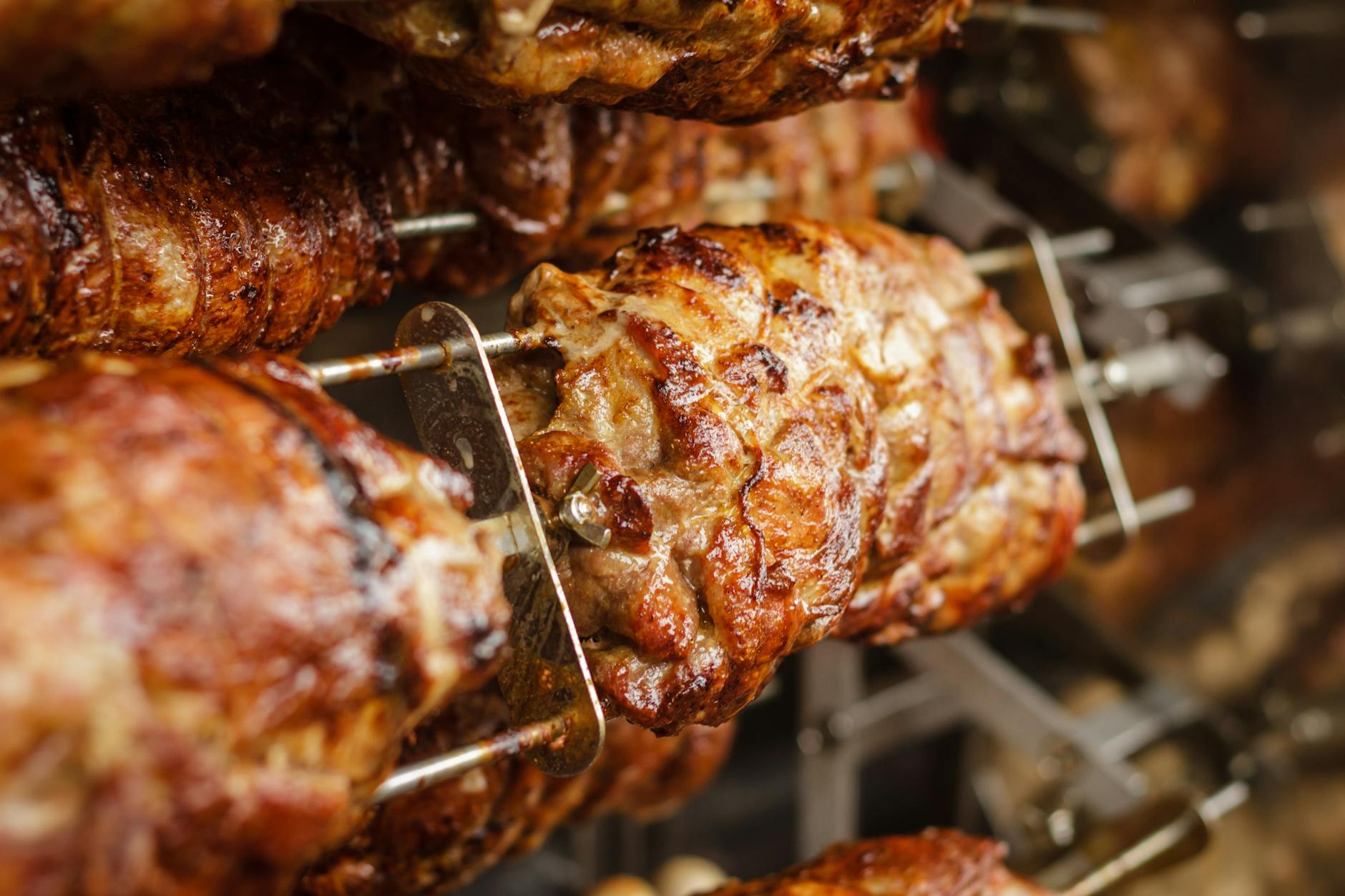
Photo by Pixabay
Risks of Feeding Dogs Pork Bones
Pork bones might seem like a natural treat for your dog, but the risks far outweigh the benefits. From choking to internal injuries, pork bones can lead to severe health issues you wouldn’t want your pup to face. Let’s break down the most common dangers of feeding dogs pork bones into manageable chunks.
Choking Hazards
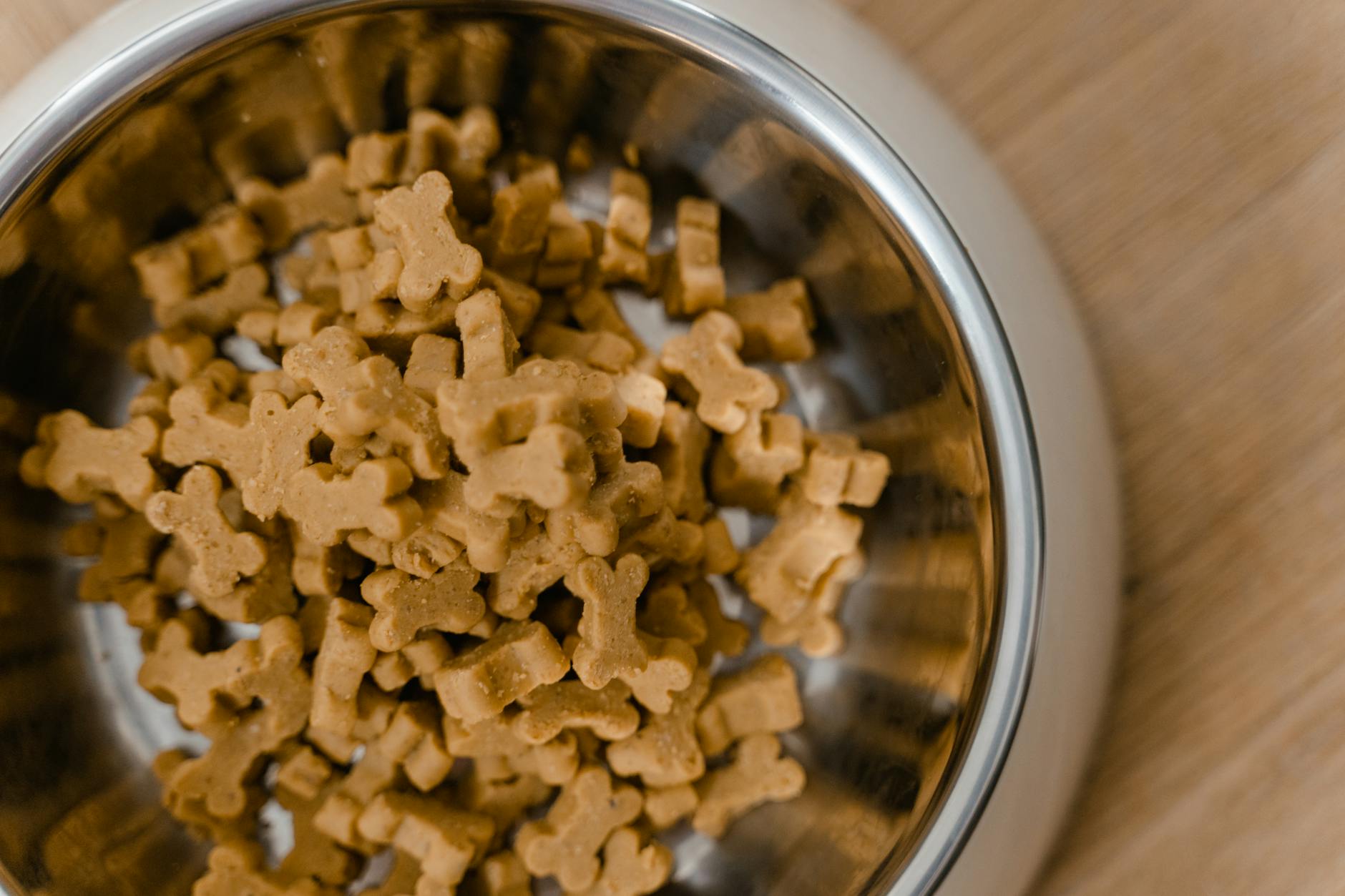
Photo by MART PRODUCTION
Choking is one of the most immediate dangers when dogs chew on pork bones. Smaller dog breeds are particularly at risk because even minor bone fragments can obstruct their airways. If a piece of bone breaks off, it can get lodged in your dog’s throat, making it difficult—and potentially impossible—for them to breathe.
Signs of choking include gagging, excessive drooling, or pawing at the mouth. Avoid this danger by not offering pork bones as a treat and supervising your dog with safe chew options.
Splintering and Internal Injuries
Cooked pork bones are notorious for their tendency to splinter into sharp, jagged shards. These pieces can puncture your dog’s gums, tongue, or roof of their mouth, causing painful injuries. Worse, if swallowed, they can make their way into the digestive system and create life-threatening problems.
Potential injuries include:
- Esophageal tears that make swallowing painful.
- Intestinal blockages that require surgery to remove.
- Perforation of the stomach or intestines, leading to severe infection or death.
For more guidance, refer to Can Dogs Eat Pork Bones? which details the risks of cooked bones and safe feeding methods.
Digestive Issues
Even if a dog manages to chew and ingest pork bones without visible injuries, digestive complications can arise. Bones are not meant to be fully digested by dogs, and large chunks can lead to constipation, vomiting, or diarrhea. In some cases, bones can become stuck in the stomach or intestines, leading to a dangerous condition called gastrointestinal blockage.
For natural and safe alternatives to bones, check out Discover The Benefits Of Ollie Dog Food Today. Properly balanced meals and treats are the safest way to prioritize your dog’s health.
By understanding the risks of pork bones, you can keep your furry companion safe and choose healthier, more responsible chew options.
Safe Alternatives to Pork Bones
If pork bones aren’t safe for your pup, don’t worry. Plenty of safer, healthier options still satisfy a dog’s natural chewing instincts. Below, we explore alternatives ranging from raw bones to homemade treats that provide the same enjoyment while keeping your dog safe.
Raw Bones vs. Cooked Bones
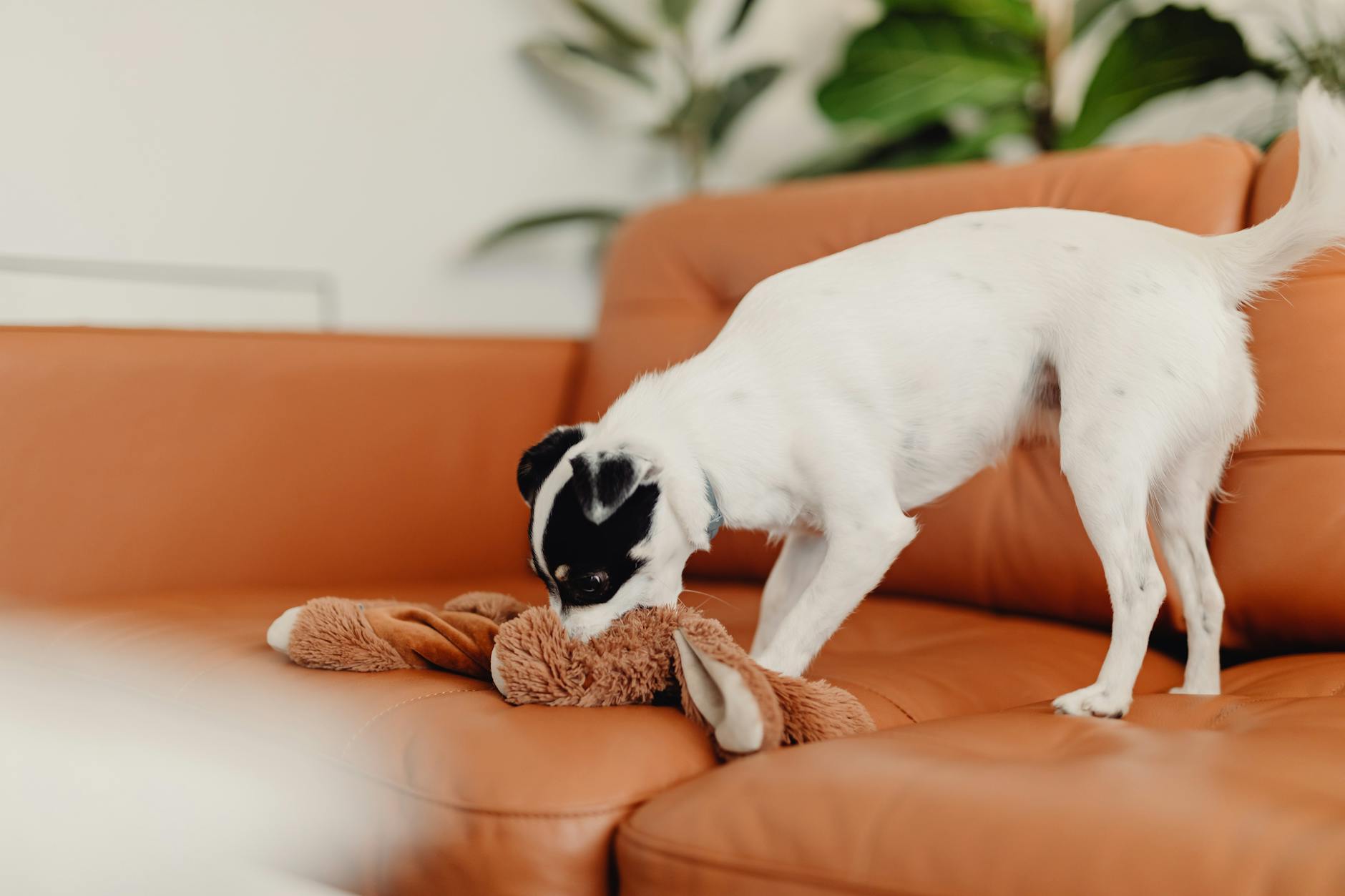
Photo by Kaboompics.com
Raw bones are often touted as safer than cooked ones, but even they require careful consideration. Here’s why raw is generally better:
- Raw bones are softer: They don’t splinter easily, reducing the risk of sharp fragments causing harm.
- Nutritional Value: Raw bones, like beef or lamb bones, can offer minerals like calcium and phosphorus.
However, raw bones can carry bacteria, so you should only buy fresh, high-quality options and supervise your dog while chewing. Always avoid cooked bones, no matter the type. Cooked bones are brittle and prone to shattering, increasing the chances of internal injuries. For more tips, check out resources like How To Safely Give Your Dog a Bone.
Commercial Chews
For a simpler, ready-to-buy alternative, commercial chews can be lifesavers. They’re designed specifically for dogs and are often made with health and safety in mind. Here are a few popular options:
- Bully Sticks: A digestible chew made from beef muscle that’s tough and satisfying. Always supervise your dog to avoid choking.
- Dental Chews: Options like Greenies are great for keeping teeth clean while offering chewing fun.
- Rubber Toys (like Kongs): Fill them with treats or peanut butter to keep your dog entertained for hours.
Commercial chews come in countless varieties, so pick one that matches your dog’s chew strength and size. For ideas the community shares, visit What’s a good bone alternative? : r/dogs.
Homemade Treats
Homemade treats allow you to customize options for your pup, ensuring they’re both fun and safe. Here are a few easy ideas:
- Frozen Carrot Sticks: Freeze whole carrots for a crunchy and cooling chew. Great for teething puppies!
- Sweet Potato Chews: Slice sweet potatoes into thin strips and bake them low-and-slow for a chewy, healthy snack.
- Peanut Butter-Filled Bones: Buy hollow bones and fill them with peanut butter for an irresistible treat. Just make sure the peanut butter is xylitol-free.
Homemade treats are easy, cost-effective, and avoid bone-related risks. Plus, they’re a fun way to show your dog some extra love.
By swapping pork bones for these safe alternatives, you can give your dog the joy of chewing without compromising their health. Check out Raw Bones for Dogs 101: All You Need to Know for more options.
Frequently Asked Questions About Dogs and Pork Bones
Dog owners often have concerns about the safety, benefits, and risks of giving pork bones to their furry companions. To help clear up confusion, here are answers to some of the most common questions on the topic.
Are Pork Bones Safe for Dogs?
Pork bones, whether cooked or raw, come with risks. Cooked bones are hazardous as they become brittle, causing them to splinter into sharp shards that can harm your dog. Raw pork bones, while slightly safer, can carry bacteria like Salmonella.
If you’re seeking more detailed guidance on what to avoid, check out Can Dogs Eat Pork Bones? Here’s the 411.
What Should I Do If My Dog Swallowed a Pork Bone?
First, remain calm. Monitor your dog closely for signs of distress, such as gagging, vomiting, or changes in bowel movements. If any symptoms arise, contact your veterinarian immediately. Even if your dog seems fine, it’s better to inform the vet for advice.
Explore What to Do if Your Dog Eats a Bone for more helpful tips.
Can Dogs Safely Chew on Raw Pork Bones?
Raw pork bones are less likely to splinter than cooked ones, but they aren’t entirely risk-free. The primary concerns include bacterial contamination and the risk of choking or digestive blockages, especially with smaller bones.
Supervision and proper bone handling can mitigate many of these risks. For additional reading, visit Can Dogs Eat Pork Bones?
Why Are Cooked Bones Risky?
Cooked bones undergo structural changes that make them more brittle, which can lead to splintering. These sharp pieces can cause cuts in the mouth, blockages in the throat, or even perforations in the stomach or intestines.
If you’d like to explore a detailed breakdown of these risks, the article Can Dogs Eat Pork Bones? Offers valuable insights.
What Are Some Safer Chewing Alternatives?
If you’re looking for safer options, consider raw bones from other sources, high-quality dental chews, or even homemade treats like sweet potato strips. These alternatives provide both nutritional and chewing satisfaction without health hazards.
Dive into more alternative ideas in Safe Chew Options for Dogs.
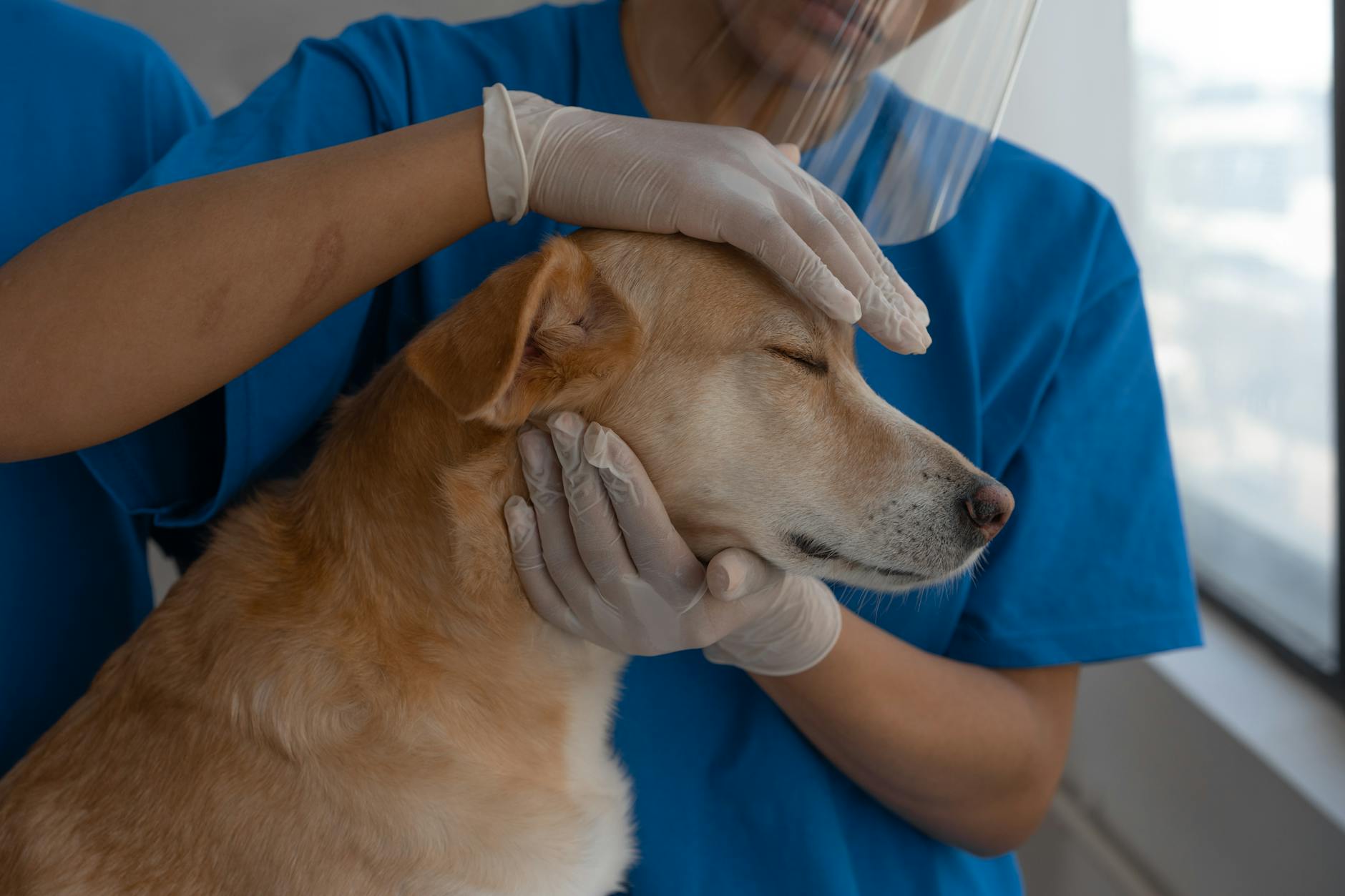
Photo by Mikhail Nilov
By addressing these common questions, you can take a well-informed approach to keeping your dog safe while satisfying their natural chewing instincts. Remember, consulting your vet is always the safest option when in doubt!
Conclusion
When it comes to pork bones, the risks often outweigh the benefits. While they may seem like a natural treat for dogs, the potential dangers—choking, internal injuries, and digestive blockages—make them an unsafe choice. Dog owners must prioritize their pup’s health by exploring safer alternatives that provide the same satisfaction without the hazard.
Check out Dog Nutrition Guidelines – Dog Breeds for safer options and personalized feeding tips. Remember, informed decisions lead to a healthier and happier canine companion.

